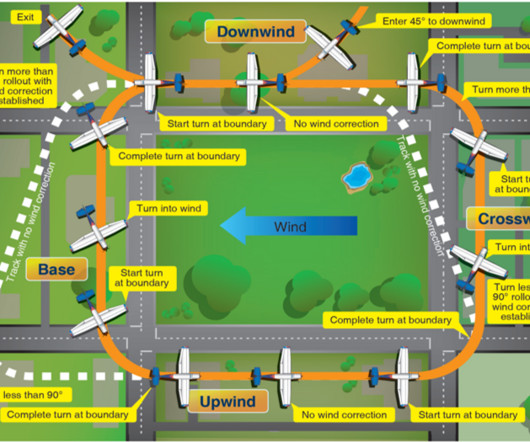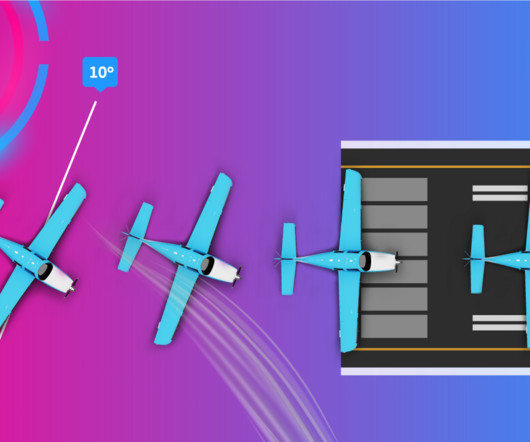How to fly a rectangular course
Flight Training Central
MARCH 4, 2024
The airplane will be flown at 1,000’ AGL parallel to and at an equal distance from the field boundaries – about ½ – ¾ miles from the boundary as you would fly a traffic pattern. The entry into the maneuver should be accomplished downwind as you would enter the traffic pattern where groundspeed will be the greatest.










Let's personalize your content